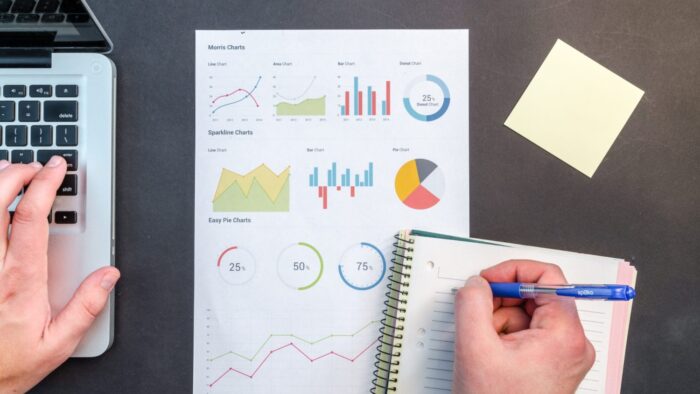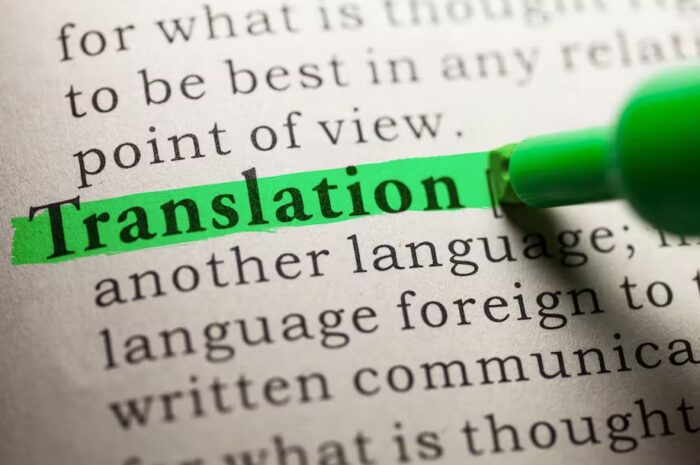
With the rapidly increasing climate changes occurring throughout the world, many companies are choosing to adopt new ways to implement green technology and save the planet. A lot of world sustainable innovations geared towards reducing the negative impact of human activity on the planet are now, more than ever, being encouraged.
To effectively achieve this, companies need sustainable CSR strategies to accurately account for their carbon emissions and the environmental impact their working methodologies have on the planet. This website makes your carbon accounting easy and intuitive; by assessing your company’s environmental impact, and analyzing and collecting data, they help you manage your impact, save time, and implement tailor-made action plans.
Understanding Environmental Impact Assessment
Environmental Impact Assessment (EIA) is a tool used to predict the environmental impacts of proposed projects or developments. It is a core element in the planning process of all businesses and helps ensure that future development will be innovatively sustainable. This tool aims to identify and evaluate potential impacts on the environment from all activities associated with an infrastructure project, such as:
- Construction
- Operation
- Decommissioning

The EIA Process
Rather than being static and linear, the actual process of conducting an EIA is dynamic and iterative. This means that it is not just one time, but rather there are many steps involved in determining what needs to be done, how it will be done, who will do it, and when they will do so. The complex processes consist of four phases: identification, analysis, evaluation, and documentation.
Identification
The first step in any environmental impact assessment is identifying the problem that needs solving. This can be anything from identifying a new waste stream to determining how much pollution your business is producing. The identification of these environmental issues is often done by surveys, or questionnaires, in a bid to get information from various stakeholders.
Data Gathering
This step involves the collection of information, including demographic data like population density and household income levels as well as resource usage data such as water consumption per capita or energy usage by industry segment.
The gathering of data comes with its unique challenges such as; misinformation and lack of information. However, there are multiple tools and techniques used to collect and analyze data during an EIA that are based on different scientific methodologies like social science research methods, and natural resource management principles.

Data Analysis (in this case using statistical techniques)
Once all relevant raw materials have been gathered and collated together, they are analyzed statistically through modeling software programs.
Result communication
This is the final stage of the EIA process. At this stage reports or presentations are created to explain and assess the information that was collected and analyzed, to generate solutions and recommendations to solve the problem.
EIAs are now mandatory in almost every country, with more than one hundred countries having legislation on them. The purpose of an EIA is to help protect the environment by providing information about the likely environmental impacts of proposed projects or developments. In addition to this, they can be used as part of a wider strategy for managing risks associated with development projects and allowing governments to build their reputation on environmental protection and openness towards public participation during decision-making processes at all levels.
Tools And Techniques Used to Collect and Analyze Data During An EIA
An EIA aims to collect and analyze data, which can be done in different ways. The method used depends on several factors such as the type of the project, project management, funding source, and the client’s requirements.
There are many tools and techniques available for conducting an EIA. Some of these tools are mentioned below:
- Data collection method
- Focus group discussion (FGD)
- Key informant interview (KII)
- Coding, transcription, and translation of documents

Focus group discussion (FGD)
This is a structured, in-depth interview conducted with a small group of people. FGDs are used to get information from non-experts who can provide insight into public perception and opinion, including:
- Consumer behavior
- Public opinion and attitudes
- Perceptions about products, services, and brands
Key informant interviews
These are qualitative research techniques used to gather information from a small group of knowledgeable people. They are often used in conjunction with other techniques, such as surveys or focus groups, but can also be conducted on their own.
In simple terms, they are informal interviews that rely on the expertise of key informants (also known as experts) to provide answers to questions about the problem or subject at hand. This makes them an ideal tool for gathering data from experts who will have insight into what is happening in their industry and how it affects them.

Coding, transcription, and translation
They are all part of the data analysis process. The coding process involves breaking down the information into smaller chunks and assigning meaning to them. Transcription is recording what you have learned during your interview with each person (or group). This can include things like names, addresses, and phone numbers, as well as any additional information that may be relevant for further research.
Finally, translation refers not only to translate from one language into another but also includes providing backup translations for non-English speakers who need assistance understanding their interview responses or other documents produced during an EIA process.
Once the raw data has been collected, it is necessary to analyze and interpret the information so it can be used in reports and presentations. There are several steps involved in this process:
- Converting raw data into a form that is useful for analysis
- Interpreting the meaning of each item on a report or spreadsheet
- Concluding the results of your work and recommending solutions
Conclusion
An environmental impact assessment is one of the most important tools to protect the environment while also building a reputation. It is a process used by institutions such as governments and companies to analyze whether or not a proposed project will have any negative effects on the environment before it is launched. It is not too late for something to change but it requires a collective effort by organizations and individuals. You can click here to find more information.











